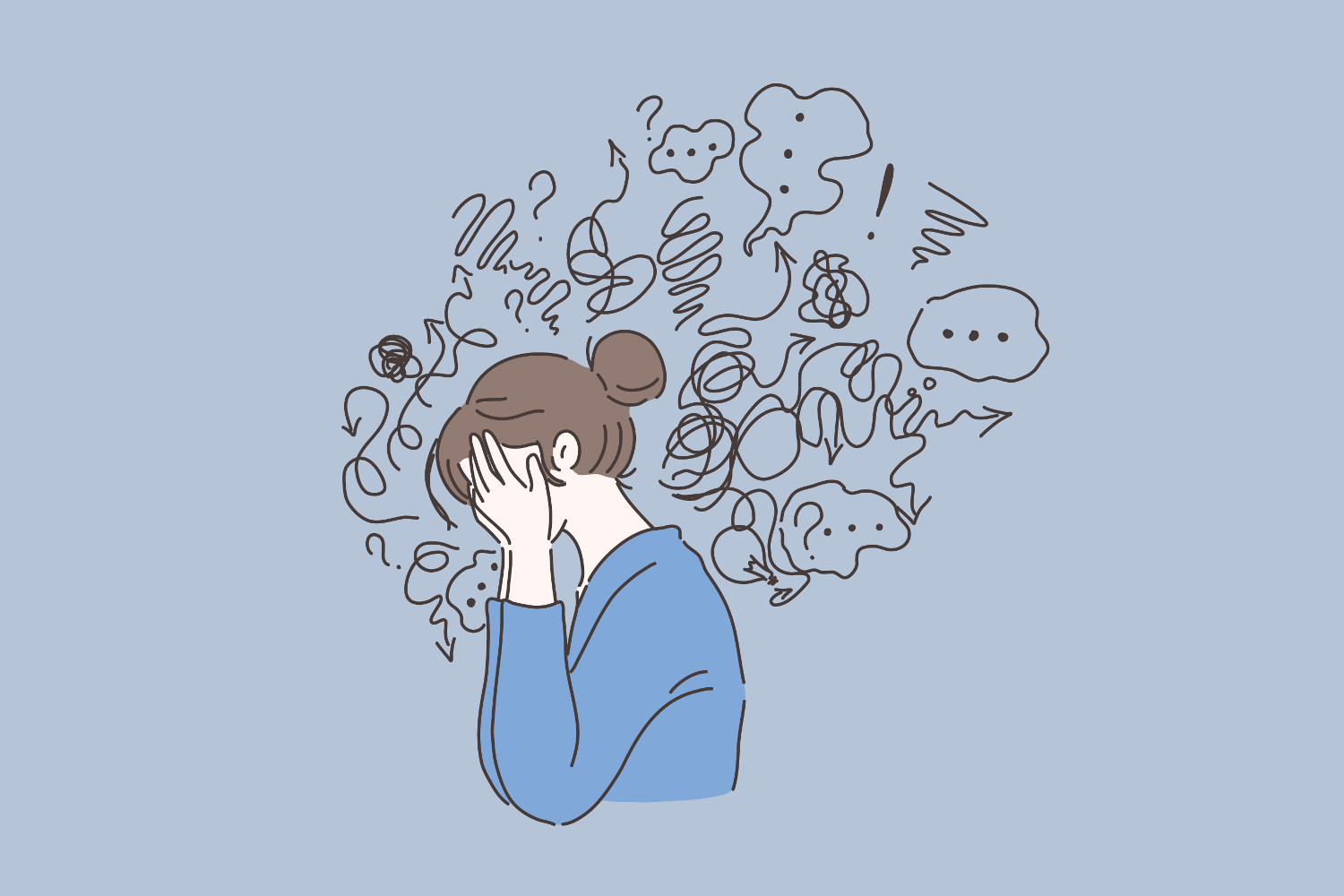The Growing Epidemic: Key Anxiety Statistics You Need to Know
Anxiety disorders have become one of the most common mental health issues affecting people worldwide. From social anxiety to generalized anxiety disorder (GAD), millions of individuals struggle with the effects of anxiety on a daily basis. According to the World Health Organization (WHO), approximately 1 in 13 people globally suffers from anxiety, making it one of the most prevalent mental health issues. In the United States alone, the Anxiety and Depression Association of America (ADAA) estimates that anxiety disorders affect 40 million adults each year.

The high prevalence of anxiety has many underlying causes, including genetic predisposition, environmental factors, and stressful life events. Although anxiety is a normal response to stress, chronic anxiety can severely impact an individual’s quality of life, affecting relationships, job performance, and overall well-being. Understanding these anxiety statistics is crucial for raising awareness and developing effective treatment options.
Anxiety and Physical Health
Anxiety is not just a mental health issue—it can have significant physical consequences as well. Chronic anxiety can lead to a variety of physical health problems, including digestive issues, weakened immune response, and cardiovascular problems. One lesser-known impact of anxiety is its link to nerve pain. Many individuals with anxiety experience physical symptoms such as muscle tension and nerve pain, which can further exacerbate their anxiety.
Research shows that anxiety can amplify the perception of pain, making individuals more sensitive to physical discomfort. This is especially true for people dealing with chronic pain conditions, such as nerve pain. For example, anxiety statistics for nerve pain indicate that individuals with anxiety disorders are more likely to report higher levels of pain intensity and disability compared to those without anxiety. This connection highlights the importance of addressing both the mental and physical aspects of anxiety in treatment plans.
The Impact of Anxiety on Daily Life
Anxiety affects every aspect of an individual’s life, from work and school to social interactions and self-care. Many people with anxiety disorders struggle to maintain focus, complete tasks, and stay productive. The ADAA reports that people with anxiety disorders are three to five times more likely to visit the doctor and six times more likely to be hospitalized for psychiatric disorders than those without anxiety.
Social isolation is another significant issue for individuals with anxiety. The fear of judgment or negative outcomes often prevents people from participating in social activities, leading to loneliness and further worsening their anxiety. This cycle of anxiety and isolation can be challenging to break without proper support and intervention.
Furthermore, anxiety can have a substantial economic impact. According to recent studies, anxiety disorders cost the global economy billions of dollars each year due to lost productivity, absenteeism, and healthcare expenses. The financial burden of managing anxiety, coupled with the physical and emotional toll, makes it a growing public health concern that requires urgent attention.
Addressing the Anxiety Epidemic
Raising awareness about anxiety disorders and their widespread impact is the first step in addressing this growing epidemic. Mental health professionals recommend a combination of treatments for anxiety, including therapy, medication, and lifestyle changes. Cognitive-behavioral therapy (CBT) is one of the most effective forms of treatment, helping individuals reframe negative thought patterns and develop coping strategies for managing anxiety.

Medications such as antidepressants and anti-anxiety drugs can also play a role in managing symptoms, especially for individuals with severe anxiety. Additionally, lifestyle changes such as regular exercise, mindfulness practices, and dietary adjustments can contribute to reducing anxiety levels and improving overall well-being.
It is essential for individuals experiencing anxiety to seek help and support, whether from healthcare professionals, support groups, or loved ones. Reducing the stigma surrounding mental health and encouraging open conversations about anxiety can help create an environment where people feel comfortable seeking the care they need.
